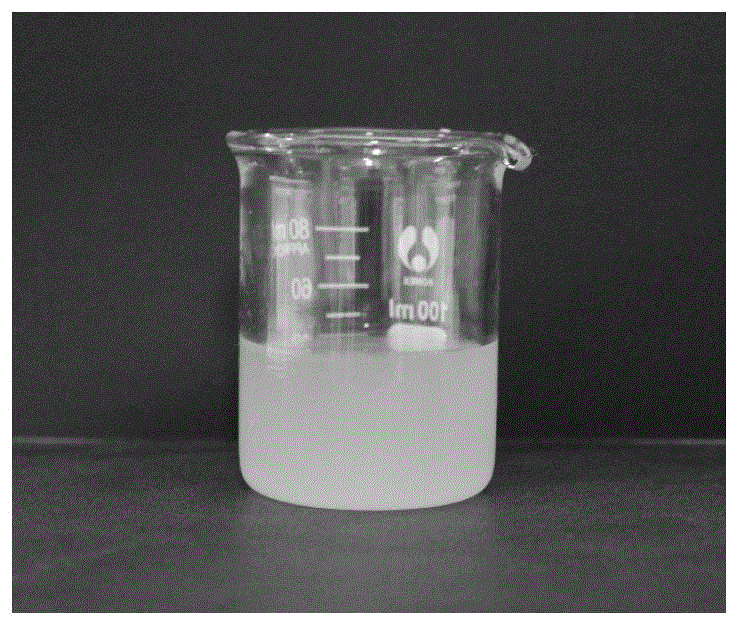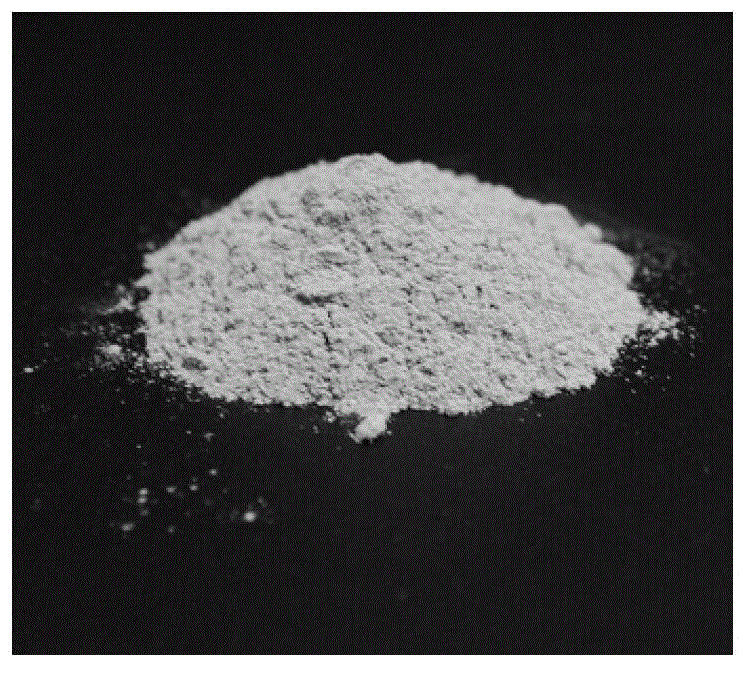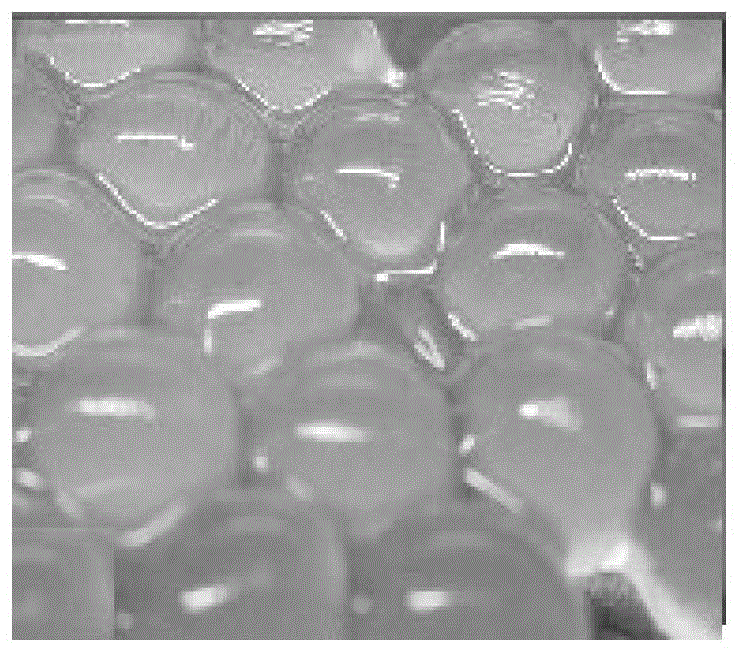Method for fermenting pigeonpea seed by immobilizing bacillus natto
A technology of bacillus natto and pigeonpea, applied in the field of food science, can solve the problems of unforeseen curative effect, decreased therapeutic effect, and increased medical consumption, and achieve good thrombolytic effect, good thrombolytic activity, and good stability
- Summary
- Abstract
- Description
- Claims
- Application Information
AI Technical Summary
Problems solved by technology
Method used
Image
Examples
example 1
[0020] Example 1 Sodium Alginate-Calcium Chloride Gel Microspheres Immobilized Natto Bacteria
[0021] (1) Preparation of pigeon pea seed liquid culture medium: properly crush 30 g of pigeon pea seeds and put them into a conical flask, add 100 mL of distilled water to soak overnight, adjust the pH of the medium to 6.5, and after high temperature and high pressure sterilization, return the temperature to room temperature for later use ;
[0022] (2) Immobilized Bacillus natto fermented pigeonpea seeds: take 3.0mL Bacillus natto bacteria liquid and 6.0mL 7.0% sodium alginate solution and fully mix, measure the mixed solution with a syringe and drop into the concentration of 3.0% chloride In the calcium solution, stir rapidly while dripping to form a well-shaped bacterium ball and let it stand for 2.0h, rinse it with distilled water to obtain a bacterium ball with an average diameter of 5.0mm and an average weight of 0.025g, and put it into a sterilized gauze bag , and put it in...
example 2
[0023] The optimization of example two immobilized substrates and fermentation process conditions
[0024] (1) Prepare sodium alginate solutions with concentrations of 5.0%, 5.5%, 6.0%, 6.5%, 7.0%, 7.5%, and 8.0%, respectively, and take 3.0mL of natto bacteria liquid and 6.0mL of the above-mentioned sodium alginate solution Mix well separately, use a syringe to measure the mixed solution and drop it into the calcium chloride solution with a concentration of 2.0%, stir rapidly while dropping, observe the shape of the formed bacteria ball, and study its use frequency and vitality to screen the best seaweed The concentration of sodium bicarbonate solution is 7.0%.
[0025] (2) Prepare calcium chloride solutions with concentrations of 1.0%, 1.5%, 2.0%, 2.5%, 3.0%, 3.5%, and 4.0%, respectively, and take 3.0mL natto bacteria liquid and 7.0% sodium alginate solution Mix 6.0mL thoroughly, measure the mixed solution with a syringe and drop them into the calcium chloride solution of th...
example 3
[0034] The mensuration of example three fermented liquid and fermented powder thrombolytic activity
[0035] Get 600g pigeon pea seeds and grind them and process them according to Example 1. After the fermentation, the immobilized bacterium balls are separated, and the fermented nattokinase and pigeon pea seed system are subjected to suction filtration to obtain a fermented liquid rich in nattokinase and The fermented pigeon pea seed paste was 368.5g, and the fermented pigeon pea seed paste was freeze-dried, pulverized and sieved to obtain fermented pigeon pea seed powder. A total of 3350 mL of fermented liquid and 287.6 g of fermented pigeonpea seed powder were obtained.
[0036] Take 5.0 μL of normal saline (A), fermentation broth (B), 1.0g / mL fermentation powder saline soaking solution (C) and positive control drug urokinase (D650IU) respectively, and add them to the corresponding apertures on the fibrin plate , after 18 hours of constant temperature incubation at 37°C, ac...
PUM
 Login to View More
Login to View More Abstract
Description
Claims
Application Information
 Login to View More
Login to View More - R&D
- Intellectual Property
- Life Sciences
- Materials
- Tech Scout
- Unparalleled Data Quality
- Higher Quality Content
- 60% Fewer Hallucinations
Browse by: Latest US Patents, China's latest patents, Technical Efficacy Thesaurus, Application Domain, Technology Topic, Popular Technical Reports.
© 2025 PatSnap. All rights reserved.Legal|Privacy policy|Modern Slavery Act Transparency Statement|Sitemap|About US| Contact US: help@patsnap.com



